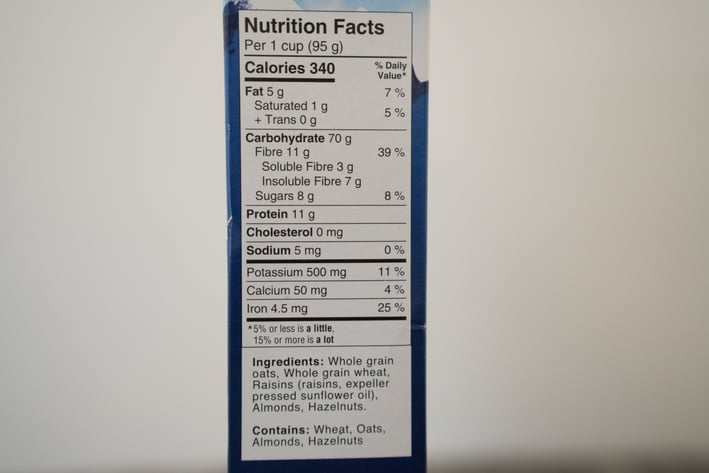The Future of Nutritional Labeling
Policy Brief Release
Our new policy brief explores the role of front-of-package labeling in improving consumer choices and reducing diet-related illnesses, with actionable recommendations for U.S. regulatory agencies
The Institute for Food and Drug Policy is excited to announce the release of our latest policy brief, "The Future of Nutritional Labeling: Enhancing Consumer Awareness and Public Health". This comprehensive brief delves into the critical role of front-of-package (FOP) nutritional labeling in empowering consumers to make healthier dietary choices and its potential to reduce the rising rates of diet-related illnesses such as obesity, diabetes, and heart disease.
As the food industry evolves, so does the need for clearer, more accessible information that helps consumers understand the nutritional content of the products they purchase. Our policy brief examines current trends in food labeling and explores innovative FOP labeling systems already implemented in other countries. Drawing on global best practices and consumer behavior research, the brief provides a series of actionable recommendations for U.S. regulatory agencies to enhance the effectiveness of nutritional labeling.
Key highlights of our policy brief include:
The Impact of FOP Labeling on Consumer Behavior: Our research demonstrates how simple, easy-to-understand labels can guide consumers toward healthier choices. We review different labeling formats such as traffic light systems, star ratings, and nutrient-specific indicators, and their impact on purchasing decisions.
Reducing Diet-Related Illnesses: By improving the transparency of food product ingredients and nutritional values, FOP labeling has the potential to curb the growing prevalence of diet-related health conditions. We analyze the connection between informed food choices and long-term health outcomes.
Current Gaps in U.S. Food Labeling Policies: Despite ongoing efforts, U.S. food labeling regulations still face challenges, such as inconsistencies in serving sizes, ambiguous nutrient claims, and the lack of standardized visual cues. Our brief identifies these gaps and offers evidence-based solutions to address them.
Recommendations for U.S. Regulatory Agencies: To support a healthier population, our policy brief outlines recommendations for the Food and Drug Administration (FDA) and other U.S. regulatory bodies. These include implementing clearer front-of-package labeling standards, fostering industry collaboration, and conducting public awareness campaigns to educate consumers about interpreting labels.
Engaging Stakeholders: We emphasize the importance of collaboration between policymakers, health experts, the food industry, and consumer advocacy groups in developing a labeling system that aligns with public health goals while ensuring transparency and fairness for manufacturers.
This policy brief is designed for policymakers, public health officials, food industry stakeholders, and consumer advocates who are interested in driving forward meaningful reforms in nutritional labeling. Our work aims to support initiatives that promote healthier food choices and contribute to the reduction of preventable diet-related diseases in the United States.


INSTITUTE FOR
FOOD AND DRUG POLICY
Shaping smarter food and drug policies for a healthier tomorrow.
Main Office
info@fooddrugpolicy.org
1215 K Street, #1180, Sacramento, CA 95814
© 2025. All rights reserved.
NORTH CAROLINA OFFICE
555 S. Mangum Street, Suite 100, Durham, NC 27701
530-746-8933
336-663-3301
NEW JERSEY OFFICE
221 River Street, Hoboken, NJ 07030
201-431-2540
